leaves. the leaves used for making this bag vary but the traditional bag is
 Bayong - Wikipedia
Bayong - WikipediaYour cart is empty Everything you need to know about vegan leather The vegan leather and fashion leather are the same – essentially a false 'letera' material that does not use animal skin. There are a range of materials that can be used to manufacture vegan leather including synthetics such as plastic and natural materials like cork. The materials most used for synthetic leathers are polyvinyl chloride (PVC) and polyurethane (PU), which are plastic materials. Another term for the fine leather is the "pleather" that comes from the term plastic leather. These two synthetic materials of common use in particular have raised questions about the safety and dangers of vegan leather to the environment. Very few vegan leathers are made of natural materials, although it is possible to find more organic products made of materials such as cork, bait and even pineapple leaves. While not including vegan leather options, we take a tan and leather finish. How's VEGAN LEATHER? The synthetic leather is produced with different chemicals and an industrial process totally different from the real leather. The union of a plastic coating to a fabric backrest is the most common way to make fashion leather; the plastic types used in these coatings vary and this is what defines whether or not it is ecological. Although PVC is much less used than in the 60s and 70s, it can still be found in the composition of some vegan leathers. PVC releases dioxins, which are potentially dangerous in confined and especially dangerous spaces if burned. It also uses plastics as phthalates to make it flexible. Depending on the type of phthalate used, they are extremely toxic. It has been described by Greenpeace as the "most damaging unique type for the plastic environment". The most modern and less harmful plastic is PU, which is constantly being developed technically to reduce its defects such as the dangerous toxins that releases during manufacturing and oil-based polymers that are made with which to make use of fossil fuels. How is VEGAN LEATHER SMELL? How does VEGAN LEATHER look? VEGAN VERSUS REAL LEATHER: The main concern for most people when deciding between the vegan and the real leather is the impact it has on animals and the environment. However, while the term vegan skin could involve an ecological product, this is not always the case. Is VGAN LEATHER good for the environment? The Faux leather is known as vegan leather because the material used is never animal skin, but although this is a great benefit for animal activists, the manufacture of synthetic leather is not beneficial to the environment or human due to to toxins in plastics used to do them. The manufacture and elimination of PVC-based synthetics allow dangerous dioxins, which can cause development and reproductive problems and even cause cancer. The synthetics used in vegan leathers are not completely biodegraded, although they can be degraded to a certain extent, they can also release toxic particles and phthalates, which can affect the health of animals and the environment. EVERYTHING LEATHER BETTER THAN REAL LEATHER? Quality and durability are also important things to consider when comparing the vegan and the real leather. The vegan leather is often much thinner than the real leather and much lighter weight that is great for fashion as it makes it potentially easier to work with, however, it also makes it less durable than the real leather. A good quality real leather can last decades when caring, while you can only get a year or so out of a pair of fashionable leather shoes of good quality. This is an important factor in deciding between false leather and real leather as the environmental impact of replacing a false leather product several times is possibly more harmful than buying a real leather item. Synthetic leathers are also worn out very unattractively, while real leather ages with time and form a patina, which is considered to add character to leather. The Faux leather, especially PVC, is not breathable either when the real leather has pores through which the skin is able to breathe. So for clothing like jackets, vegan leather can be uncomfortable when used for long periods of time. In addition to environmental factors, fashion leather is usually much cheaper than real leather products. This is because it is cheaper to produce synthetic plastic leather than to produce real leather. The craftsmanship of leather products is a highly skilled job and custom leather products such as sofas, jackets and luggage can be thousands of dollars. Manufacturers are able to order these prices because they are considered both high quality and highly durable. MAINTAINING VEGAN LEATHER As the vegan leather is made with a plastic coating, it is already waterproof. This makes it easier to clean using a soft detergent or simply with a wet cloth, however, also means that conditioning products cannot penetrate to prevent it from drying and cracking, which can happen if the fake leather is in the sun a lot and also if it is a particularly poor quality material. However, certain products can be obtained, which will cover the surface of the plastic to prevent high temperatures and solar rays from breaking the surface. These products can also help smooth the material. HOW REPAIR VEGAN LEATHER You can replace or patch the damaged area with a leather repair kit that can be purchased online - are easy to use and adapt to different types of fashion leather. Is VGAN LEATHER a good reality? How to get rid of VEGAN LEATHERHOW to SHRINK VEGAN LEATHER METHOD: Can you STRETCH VEGAN LEATHERCAN US DISTRESS VEGAN LEATHER? How to do VEGAN LEATHER METHOD:HO TO SOFTEN VEGAN LEATHER5 Comments I found this article to be informative. It is easy to discover the impacts of animal slaughter and leather tanning. I wanted to know the impacts of vegan leather production. I'm looking at a lot of fashion items that are offered in this medium. I have to agree that it sounds to me like this is a marketing term, since anything other than leather is in essence, cloth covered with plastic, imitation leather and as it has been called correctly for many years, pleather. I guess maybe they thought that name, although correct, was not like "cool" or easy to sell. My experience with the purchase of items like this is that they have never risen to use the way the leather does. Not even a tenth of what the leather does. If you're a person like me who keeps most of his shoes, boots, jackets and bags, the leather seems a much better investment for me and the Earth. I have bags and shoes I bought (and still use) in the last few decades. I bought some of these high-quality vegan bags (unless they haven't been made 5 years ago). Even with very good care the disintegrated bags within a season of use, cracked and peeled. How well is it to save animals if you have to replace these items every season? It's interesting to know about the CACTUS FABRICS. I'm interested in revealing this manoeuvre. Can I have a conscientious person who can convince me? The word 'lether' according to the Oxford dictionary is the material made by bronze or otherwise clothed skins. (Hens are animal skins) Anything made of synthetic or natural cork can not be called leather. Therefore, I believe that the 'Vegan Caleage' is a term created by marketing experts to convince the Vegans that they are receiving a product as good as the real. The vegan "liter" is, like all petroleum products, much more toxic to life than natural materials treated, cured and prepared with natural products without petroleum derivatives or products in them. If the manufacture of modern plastics or is not less toxic than it used to be, it remains more dangerous for life than the natural REAL leather. In fact, the problem lies in the maniacal nature of consumer culture. Yeah, buy things when you need them but be reasonable and sensitive about being a consumer. Choose natural products that, when cared for over the last decades or centuries. We have to end up living chemically and in an oil death bath. Leather sellers often describe vegan leather as toxic, of poor quality, lacking the variety and colors of "real leather", and as in general a poor investment. In fact, even modern inorganic vegan leathers are made of similar materials such as all other synthetic materials and plastics, which have become much less toxic, while horrible toxic chemicals are used in leather processing as well as the factory's agricultural-animal industry. Vegan leathers come in a variety of colors and textures, as well as animal-origin leathers, and are often easier to care and maintain. The quality in terms of appearance and durability of the vegan leather has dramatically improved, as the demand for its use in fashion, rather than utilitarian functions, has increased. At this point the only way to distinguish it from real leather is to examine the backrest. Like animal-based leather, longevity is linked to well its condition and maintenance. Leave a comment All comments are moderate before being published Buy now Collections About MAHIQuick LinksCONNECTNewsletterSubscribe to receive updates, access to exclusive offers and more. MAHI® is a registered trademark and this website is owned and operated by MAHI Leather Ltd (UK Company Number 07335869), 4 Silver Lane, Stamford, Lincolnshire, PE9 2BT, UK.

Bayong - Wikipedia

Bayong - Wikipedia

100 Types of Bags, Backpacks, and Leather Goods You Should Know – @carry
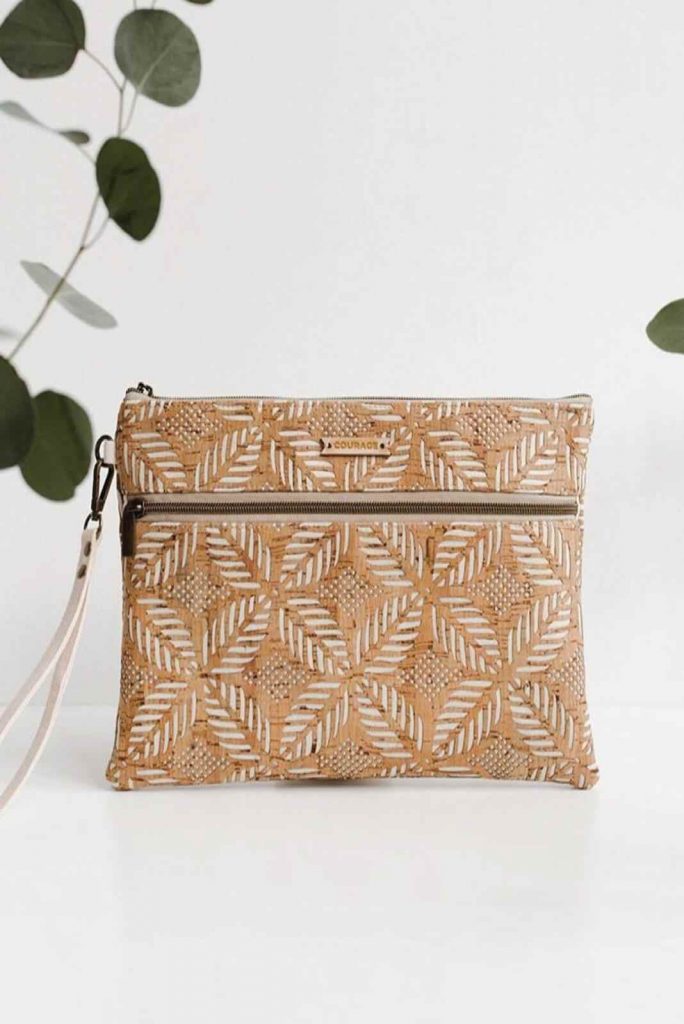
15 Ethical & Eco Friendly Handbags and Purses to Carry Your Load

The best and worst replacements for the single-use plastic bag — Quartz

Plastic Bag Bans Put on Hold Amid Coronavirus Fears - EcoWatch
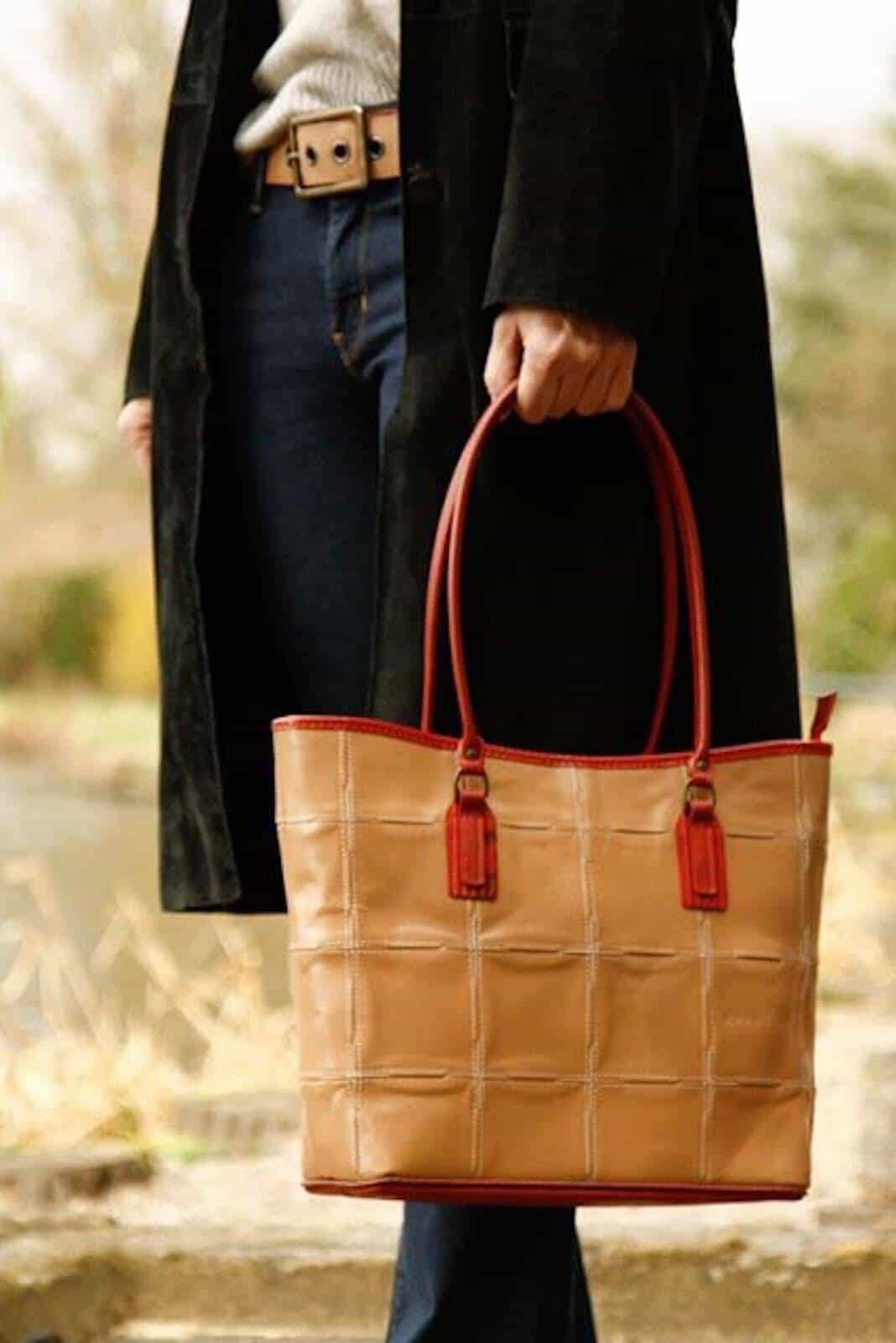
15 Ethical & Eco Friendly Handbags and Purses to Carry Your Load
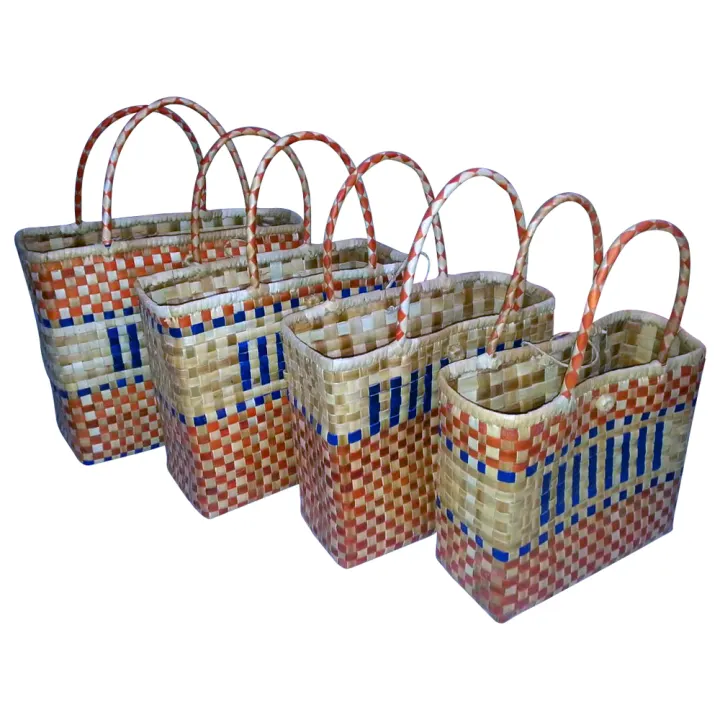
Quality Bayong Bag 4 Sets: Buy sell online Tote Bags with cheap price | Lazada PH

Your Guide To Purchasing Your First Chanel Bag (New or Consignment) — THRIFT & TELL

Grow Bag Pros And Cons – Advantages And Disadvantages Of Grow Bags

How to Buy An Hermès Bag | British Vogue
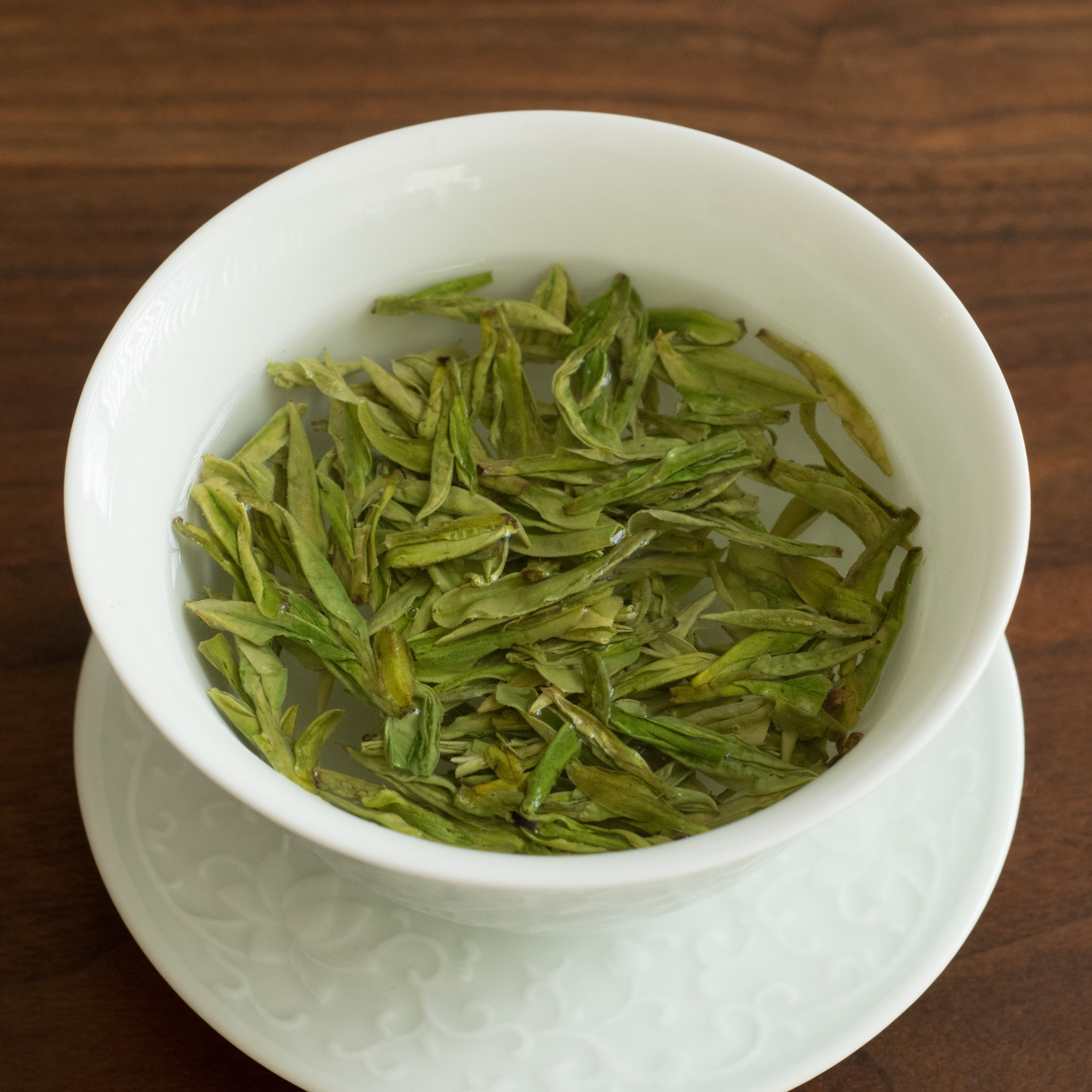
Tea - Wikipedia

15 Ethical & Eco Friendly Handbags and Purses to Carry Your Load

15 Ethical & Eco Friendly Handbags and Purses to Carry Your Load

15 Ethical & Eco Friendly Handbags and Purses to Carry Your Load

The best and worst replacements for the single-use plastic bag — Quartz
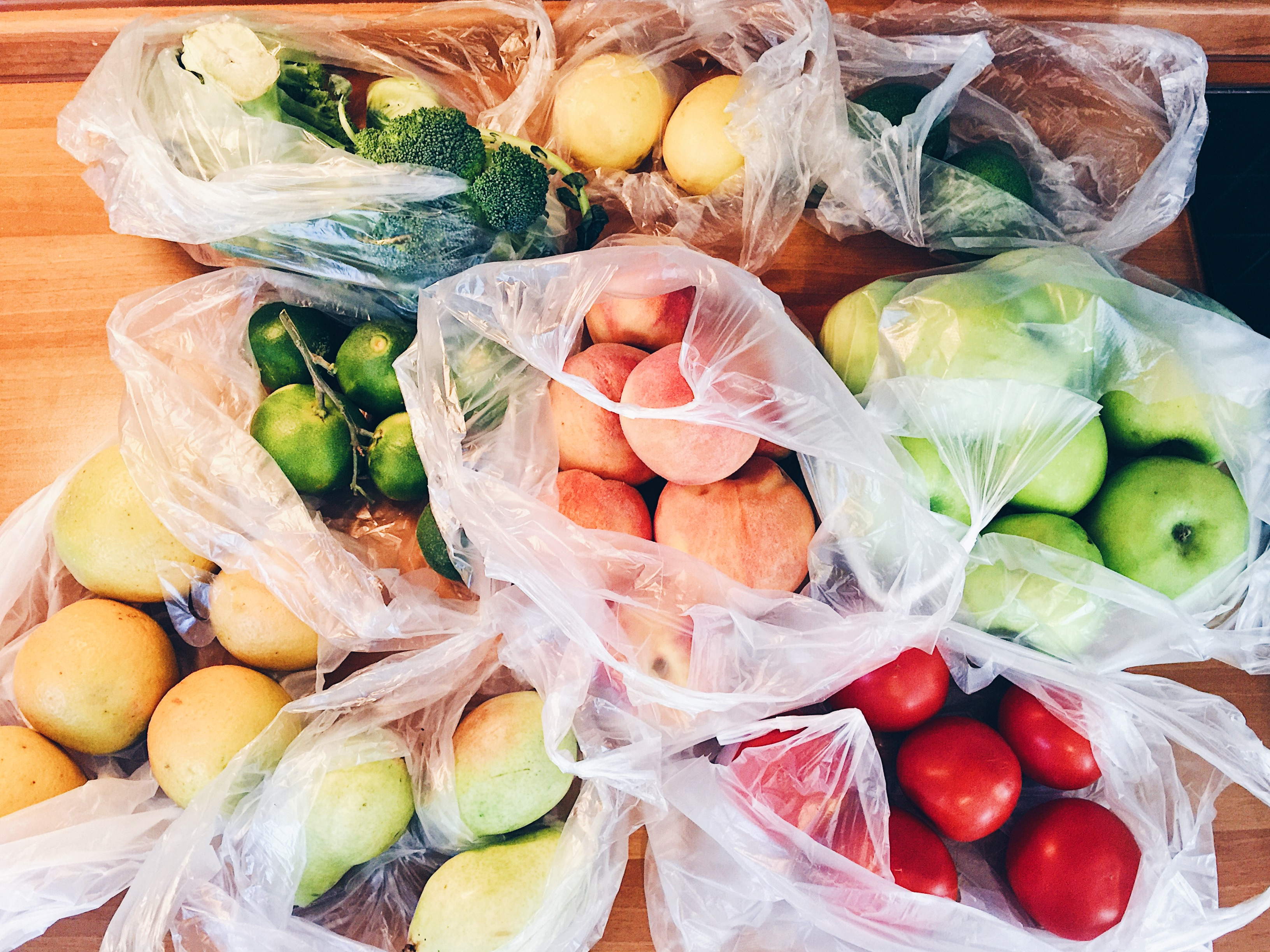
Materials Used for Making Plastic Bags

15 Ethical & Eco Friendly Handbags and Purses to Carry Your Load
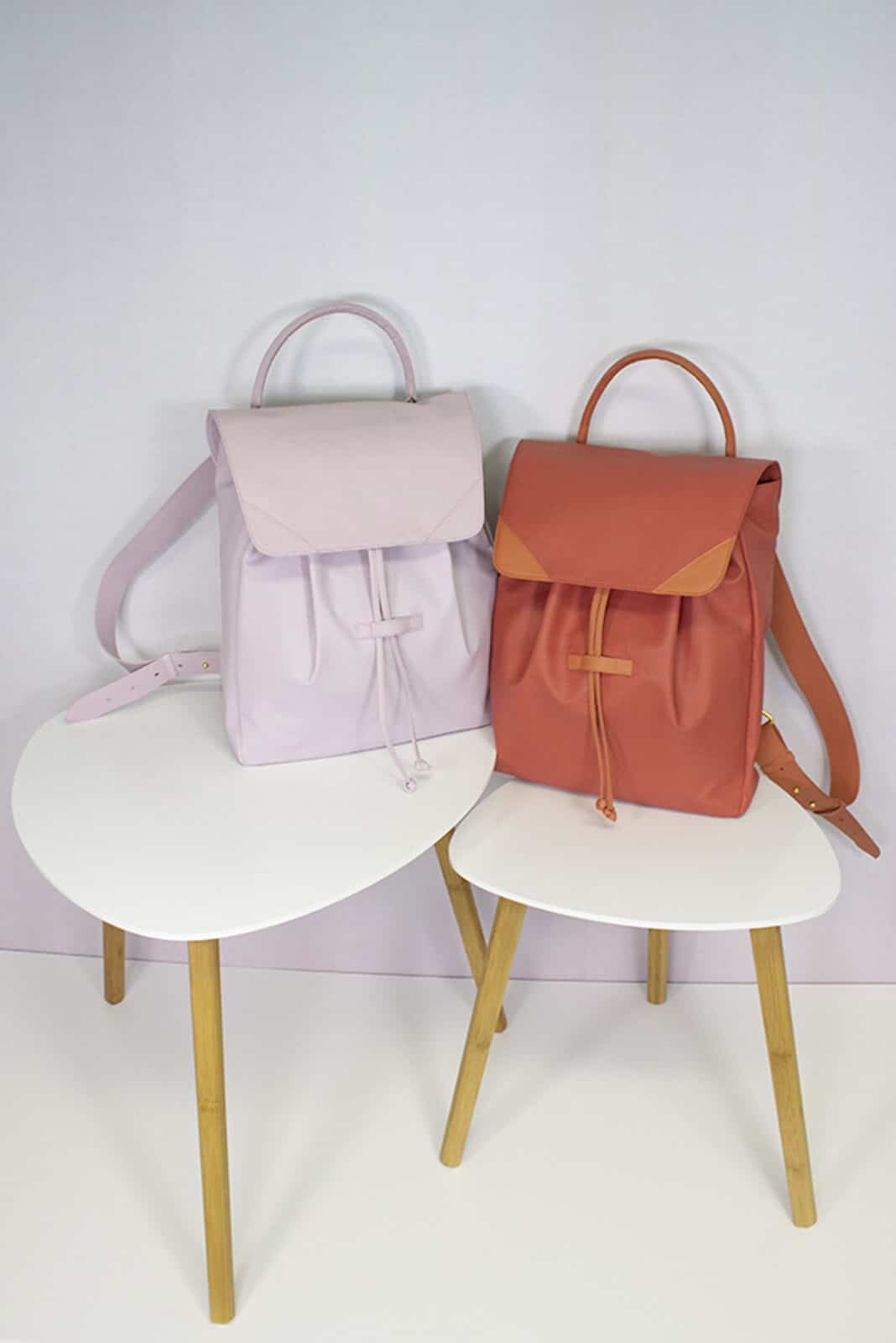
15 Ethical & Eco Friendly Handbags and Purses to Carry Your Load
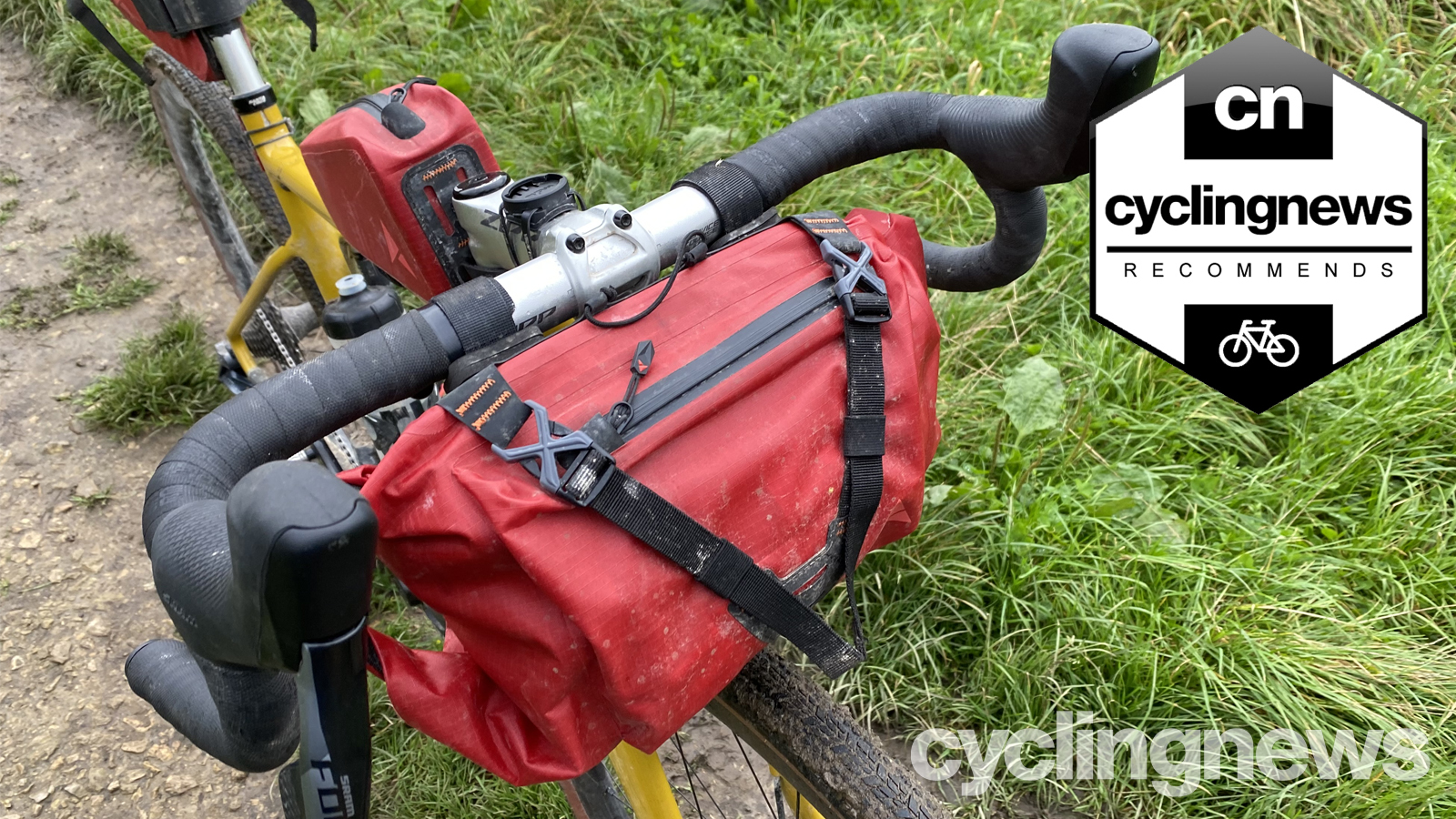
Altura Vortex 2 bikepacking adventure bags review | Cyclingnews

15 Ethical & Eco Friendly Handbags and Purses to Carry Your Load

All You Need To Know About Vegan Leather | What is it? How is it made? – MAHI Leather

Your Guide To Purchasing Your First Chanel Bag (New or Consignment) — THRIFT & TELL
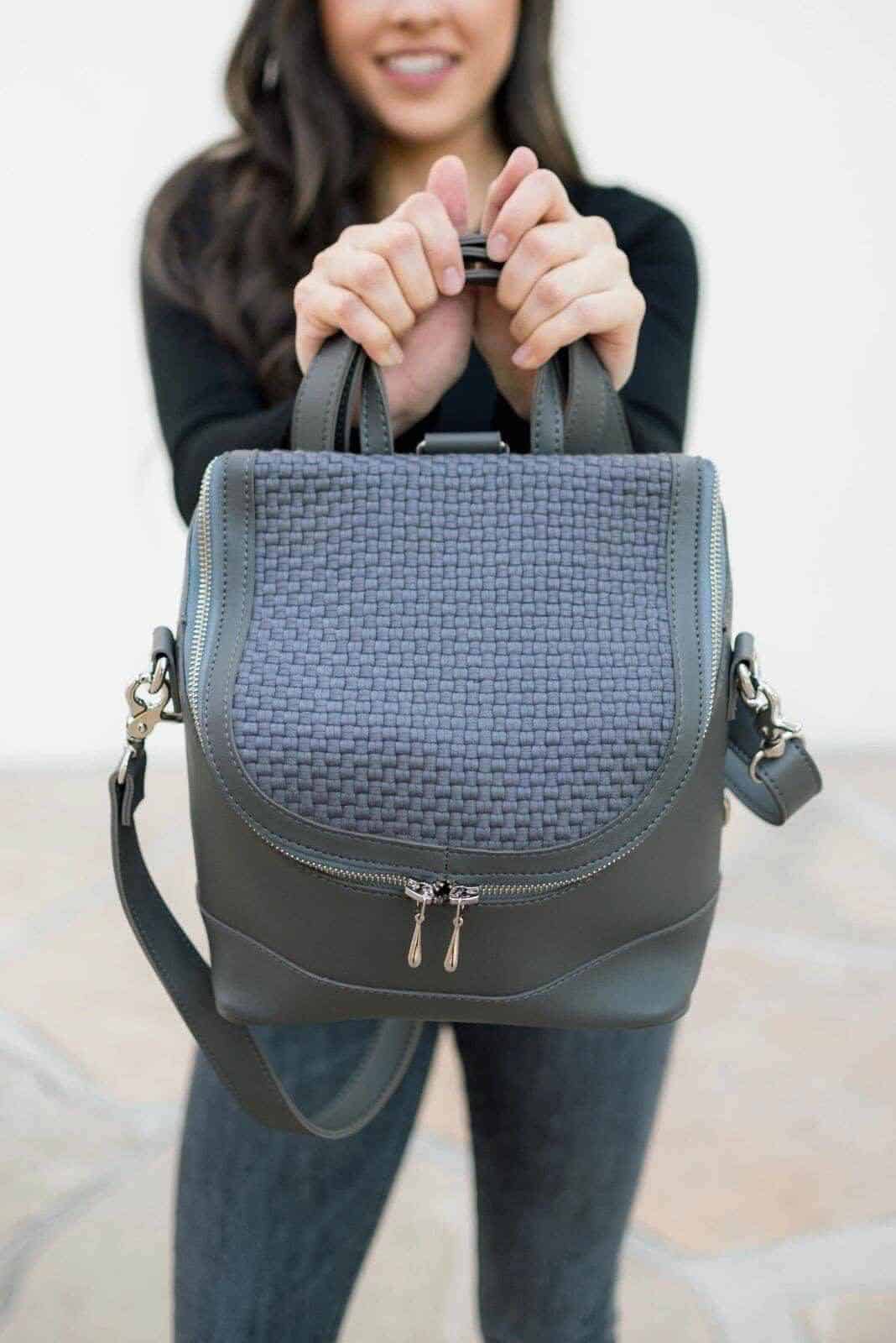
15 Ethical & Eco Friendly Handbags and Purses to Carry Your Load

15 Ethical & Eco Friendly Handbags and Purses to Carry Your Load

Your Guide To Purchasing Your First Chanel Bag (New or Consignment) — THRIFT & TELL

Dill: Nutrition, Benefits, and Uses

Betel - Wikipedia

Non-Woven Polypropylene Bags — Design Life-Cycle

15 Ethical & Eco Friendly Handbags and Purses to Carry Your Load

All You Need To Know About Vegan Leather | What is it? How is it made? – MAHI Leather
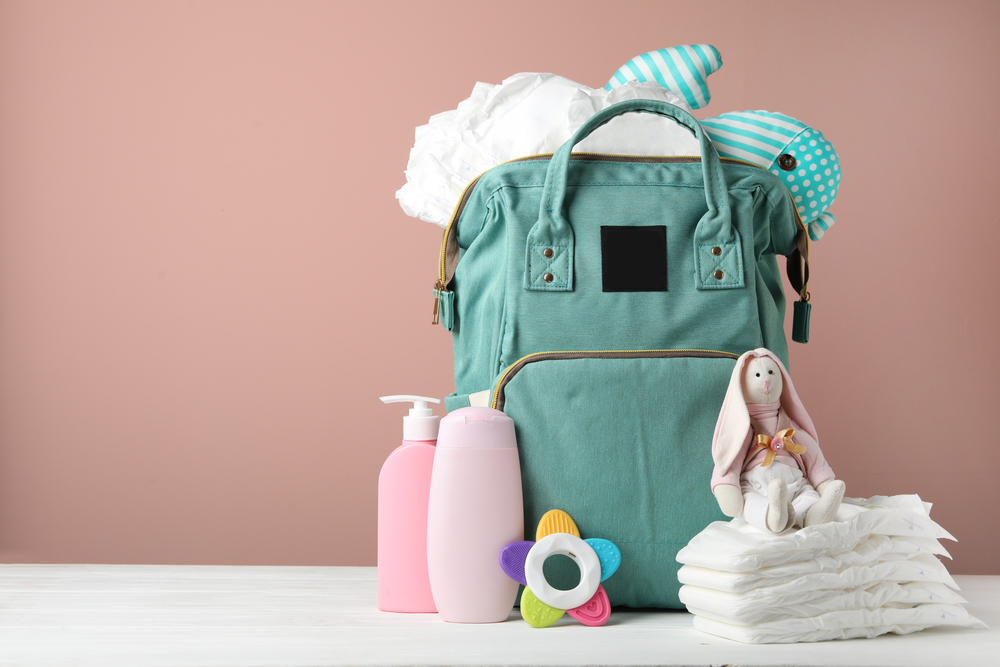
The Best Diaper Bag Backpacks of 2021

All You Need To Know About Vegan Leather | What is it? How is it made? – MAHI Leather
:max_bytes(150000):strip_icc()/USED_How-to-Safely-Use-African-Black-Soap-2492-1x1-hires-6e2e766d60be4e4fb63e551b762826c0.jpg)
How to Use African Black Soap For Skin, Acne, & More

All You Need To Know About Vegan Leather | What is it? How is it made? – MAHI Leather

15 Ethical & Eco Friendly Handbags and Purses to Carry Your Load

All You Need To Know About Vegan Leather | What is it? How is it made? – MAHI Leather
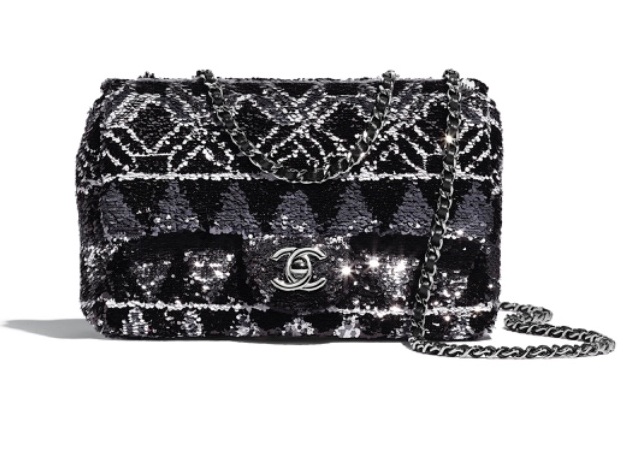
Your Guide To Purchasing Your First Chanel Bag (New or Consignment) — THRIFT & TELL

The bag encyclopedia – Everything you need to know about bikepacking bags | GRAN FONDO Cycling Magazine
Posting Komentar untuk "leaves. the leaves used for making this bag vary but the traditional bag is "